Cost vs. Value: How a Repipe Specialist Saves You Money in the Long Run
Your home’s plumbing is out of sight—until it isn’t. A hidden slab leak or corroded branch line can drain thousands into foundation repairs, mold remediation, and emergency service calls before you even notice wet carpet. In Phoenix’s punishing environment—hard water, extreme temperatures, and shifting soils—aging piping systems accelerate these costs and magnify every failure. But the real question isn’t “How much will a full repipe cost?” It’s “How much will you save by doing it right the first time with a repipe specialist?”
Below, we break down the true cost versus the long-term value of specialist repiping, illustrating how an upfront investment delivers outsized savings on utilities, repairs, and home value—plus the priceless benefit of total peace of mind.
The True Cost of Aging Plumbing
Most homeowners only notice their plumbing when a leak becomes visible—dripping faucets, a damp patch on the ceiling, or a stubborn clog. Yet that’s the tip of the iceberg.
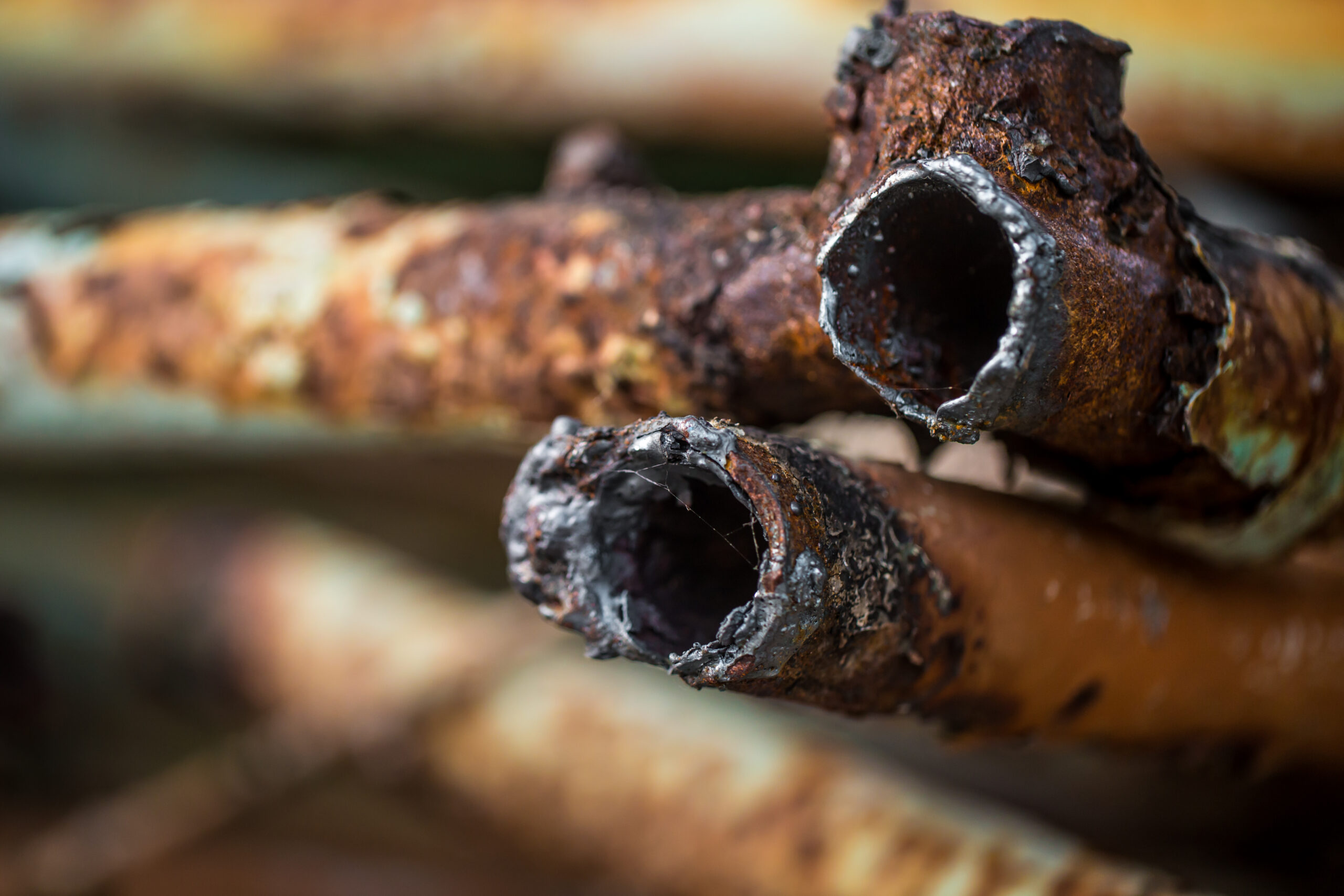
Beneath your floors and behind your walls lies an intricate network of supply and drain lines, each one vulnerable to wear, corrosion, and failure. Ignoring the warning signs of aging piping systems in Phoenix can lead to cascading expenses far beyond what you’d imagine:
Hidden Water Waste
Water silently escaping from pinhole leaks or deteriorated joints isn’t just an environmental concern—it’s a significant financial drain. Research indicates that 10–20% of residential water use in the U.S. leaks away each year through unseen drips and micro-fissures. In Phoenix, where municipal water averages $6 per 1,000 gallons, even a modest slab leak leaking five gallons per hour translates to over 43,000 gallons annually—more than $250 added to your utility bills for a leak you never saw. Multiply that by several undetected leaks, and you’re hemorrhaging water and money. By contrast, a specialist-led repipe eradicates these stealth losses at their source, instantly reducing your monthly bills and recouping a portion of the installation cost within the first few billing cycles.
Structural & Foundation Damage
The hidden threat of slab leaks extends beyond your wallet; it undermines your home’s very foundation. Continuous water flow beneath a concrete slab erodes supporting soils, leading to differential settlement—one area of your home sinks more than another—resulting in hairline to major foundation cracks.

The cost to repair these cracks alone can range from $8,000 to $12,000 in Phoenix, not including the domino effect of warped tile, buckled hardwood, or compromised drywall that water migrates into. An expert repipe proactively removes all plumbing runs embedded in the slab, replacing them with above-ground or sub-slab PEX lines routed through accessible conduits. That preventative measure can save tens of thousands in structural remediation and preserve your home’s resale value.
Mold & Health Hazards
Persistent moisture is the perfect incubator for mold spores and mildew, which feed on organic building materials behind walls and under flooring. Once mold takes hold, remediation isn’t cheap: localized infestations cost $2,500–$4,000 to eradicate, while widespread growth can push cleanup bills past $10,000.

Beyond the structural damage, mold spores pose serious health risks—triggering allergies, respiratory issues, and exacerbating conditions like asthma. Repiping specialists leverage advanced leak-detection technologies—infrared scans to reveal hidden moisture and acoustic locators to “hear” water behind finishes—catching leaks before mold colonies form. By securing every joint and replacing all compromised lines, they break the moisture cycle that fuels mold growth, protecting both your home and your family’s well-being.
Recurring Repair Calls
Each time a general plumber patches a leak, you pay $200–$350 for labor and parts—only to find another drip a few weeks later. Homeowners averaging three of these emergency visits annually can easily spend $900 or more each year, dwarfing the yearly cost of a comprehensive repipe.

Worse, patch repairs leave the broader network weakened and prone to future failures. In contrast, a specialist repipe removes every corroded, brittle, or undersized segment in a single project, backed by 10–25 year labor and materials warranties. No more repeat service calls. One strategic investment eliminates the cycle of costly band-aid fixes and delivers plumbing reliability you can count on.
Why a Repipe Specialist Beats a Quick Fix Every Time
When a leak makes itself known, most homeowners pick up the phone for a general plumber. Yet these professionals, trained for a broad range of plumbing tasks, often lack the specialized tools and holistic approach required to solve system-wide failures. A repipe specialist, however, brings a future-proof methodology that transforms your entire water infrastructure:
System-Wide Diagnostics
General leak calls typically rely on visible signs or simple pressure checks. Repipe specialists deploy an arsenal of cutting-edge diagnostics to map your entire network before a single pipe is cut:
- Infrared Moisture Scans: High-resolution thermal imaging exposes discrepancies as small as two degrees, identifying moisture pockets behind drywall, beneath tile, or within ceiling cavities—often days before visible staining appears.
- Acoustic Leak Locators: By placing sensitive contact microphones on accessible pipes and ground probes across slabs, specialists “listen” for the characteristic hiss of pressurized water escaping—even through several inches of concrete—pinpointing leaks within a few inches of accuracy.
- Video Pipeline Inspection: Flexible CCTV cameras traverse your drain and sewer lines, logging footage of corrosion, root intrusion, or collapsed segments that, if left unaddressed, can lead to backups and sanitary hazards.
By combining these methods, a repipe specialist uncovers every compromise—ensuring no hidden threat remains to haunt your home.
Purpose-Built Material Selection
Not all pipes are created equal. Phoenix’s combination of hard water, high UV exposure, and temperature swings demands materials chosen to survive specific conditions:
- PEX Grades: Specialists select high-performance PEX blends with scale inhibitors engineered for mineral-heavy water. PEX’s innate flexibility also absorbs thermal expansion, preventing the cracking that rigid pipes experience under Phoenix’s brutal heat.
- Type L Copper: Where hot-water loops or exposed runs require metal, specialists specify corrosion-resistant copper tubing rated for 50+ years, leveraging its natural antimicrobial properties to inhibit bacterial growth in warm lines.
- Precision Fittings: Proper dielectric unions and stainless-steel transition couplings eliminate galvanic corrosion at metal junctions—another nuance that general plumbers may overlook but that ensures every joint stands the test of time.

Strategic Distribution Design
A specialist’s design transcends the “fix and leave” mindset, creating an integrated system optimized for performance and maintenance:
- Manifold “Home-Run” Layouts: Instead of the traditional branching network, each fixture receives a dedicated supply line from a central manifold, eliminating cumulative pressure loss at every tee and reducing the risk of leaks at multiple junctions.
- Pressure Zoning: Multi-story or sprawling homes benefit from zone-specific regulators or booster pumps, delivering balanced pressure across every level without over-pressurizing lower floors.
- Integrated Recirculation Loops: Point-of-use recirculation systems ensure instant hot water at distant fixtures, cutting water waste and thermal stress on your main heater—an energy-saving feature absent from standard installations.
Embedded Monitoring & Warranty
A repipe specialist doesn’t simply walk away after installation—they future-proof your system with built-in intelligence and rock-solid guarantees:
- Flow Sensors & Alerts: Installed at manifolds or high-risk zones, these detectors identify abnormal flow patterns—often the first indicator of a developing leak—and send real-time notifications.
- Continuous Pressure Transducers: By logging pressure trends, these sensors detect creeping regulator failures or micro-leaks before they become failures.
- Automated Shutoff Valves: In case of catastrophic breaks, these electrically or hydraulically actuated valves isolate affected zones within seconds, minimizing water loss and property damage.
- Extended Warranties: Labor and materials warranties spanning 10–25 years underscore the specialist’s commitment to quality, providing financial protection that outlives the typical one-year guarantee of general plumbing services.
While a quick patch might stop a visible drip, it does nothing to shore up the entire network or prevent the next failure from occurring mere weeks later.

A repipe specialist’s holistic methodology—from advanced diagnostics and tailored material selection to strategic design and embedded monitoring—yields a plumbing system that operates flawlessly under Phoenix’s toughest conditions for decades, slashing your long-term costs on utilities, repairs, and health-related expenses.
Upfront Investment: Breaking Down Repiping Costs
Understanding the financial commitment for a full-home repipe helps you budget confidently—and see why this specialist-led approach outperforms repeated band-aid fixes. While every property has unique factors (square footage, number of bathrooms, slab vs. crawlspace foundation), here’s a deeper look at each cost component in the Phoenix metro area:
- Materials (PEX or Copper): $2,000 – $5,000
- PEX Options: Cross-linked polyethylene tubing in ½″, ¾″, and 1″ diameters. PEX-A variants with added scale inhibitors are priced at the higher end of this range.
- Copper Options: Type L copper for interior runs; Type K for underground sections. Includes the cost of dielectric fittings to prevent galvanic corrosion where copper meets other metals.
- Supporting Hardware: Manifolds, shut-off valves at each fixture, pressure regulators, and expansion loops for PEX.
- Advanced Leak Detection: $500 – $1,200
- Infrared Thermal Imaging: Scans entire walls and slabs, pinpointing hidden moisture up to several feet deep.
- Acoustic Leak Location: Contact microphones and ground probes isolate subsurface drips to within 2–4 inches.
- Video Pipeline Inspection (Optional): Push-rod cameras traverse sewer lines to identify root intrusion or collapsed sections, informing concurrent drain repairs.
- Labor & Surgical Access: $3,000 – $7,000
- Selective Access Cuts: Targeted drywall, ceiling, or subfloor openings—minimizing demolition and preserving finishes.
- Pipeline Removal & New Line Installation: Skilled technicians remove old pipes and install new lines with precision crimping or soldering.
- Onsite Project Management: Daily coordination, quality inspections, and adherence to safety protocols.
- Environmental Controls: $300 – $800
- Dust & Debris Containment: Negative-pressure tents, HEPA-filtered air scrubbers, and zip-wall partitions protect your living spaces.
- Surface Protection: Multi-layer drop cloths, floor runners, and furniture covers safeguard floors and belongings throughout the project.
- Drywall & Finish Restoration: $1,500 – $3,500
- Drywall Patching & Texture Matching: Seamless repairs in orange peel, knockdown, or specialty plasters.
- Precision Painting & Trim Work: Color-matched primers and topcoats; reinstallation of baseboards, casings, and crown mouldings with hair-fine joints.
Final Deep-Clean: Microfiber wiping and industrial-grade vacuuming eliminate every trace of construction dust.

Total Estimated Cost: $7,300 – $17,500
These figures reflect a turnkey, specialist-led repipe—complete with diagnostics, premium materials, meticulous installation, and flawless restoration.
Long-Term Savings That Outpace the Initial Outlay
An expert repipe transforms your plumbing from a maintenance burden into a money-saving asset. Here’s how those upfront dollars generate returns over decades:
-
Slashed Utility Bills
- Water Savings: Eradicating hidden leaks can save 10,000+ gallons annually—$60–$80 at Phoenix water rates.
- Energy Savings: Consistent hot-water circulation and insulated lines reduce water-heater runtime by up to 20%, saving $100–$200 per year on gas or electricity.
-
Fewer Reactive Repairs
- Warranty-Backed Work: With labor and materials warranties spanning 10–25 years, you avoid recurring service calls ($200+ per visit) for the same issue.
- No More Patchwork Fees: Eliminates dozens of $200-$300 band-aid repairs that plague aging pipe networks.
-
Avoided Catastrophic Damage
- Foundation Protection: Proactive slab-line replacement sidesteps $10,000–$20,000 in foundation and structural repairs.
- Mold Remediation: Moisture control prevents mold outbreaks—sparing you $3,000+ per infestation and associated health-care costs.
-
Extended Appliance Life
- Scale-Free Water Flow: Modern piping prevents mineral buildup in dishwashers, washing machines, and tankless heaters—potentially adding 3–5 years to appliance lifespans ($500–$1,000 in deferred replacements).
- Stable Pressure: Eliminates stress on water-powered fixtures and valves, reducing premature failures.
-
Enhanced Property Value
- Higher Sale Prices: Homes with documented specialist repipes can command 3–5% higher offers; on a $400,000 property, that’s $12,000–$20,000 in added value.
- Faster Transactions: Certified repipe documentation removes inspection red flags, cutting days on market by 20–30%.
Cumulative 20-Year Impact:
When you factor in water and energy cost reductions, avoided repairs, foundation protection, extended appliance warranties, and increased home equity, the total long-term savings often double or triple the initial repipe investment—making a specialist-led overhaul the smartest financial decision for Phoenix homeowners.
Making the Smart Choice: Specialist Repiping
When you weigh the hidden—and mounting—costs of aging plumbing against the transformative benefits of a specialist-led repipe, the decision becomes crystal clear.

A repipe specialist isn’t just another plumber; they are highly trained experts who approach your home’s entire water distribution network as a unified system, designed to deliver lasting efficiency, reliability, and peace of mind.
- Complete Leak Elimination vs. Repeated Patchwork: Patch repairs treat symptoms. A repipe specialist uncovers every hidden vulnerability—pinpointing micro-leaks beneath slabs, behind walls, and above ceilings using infrared thermal imaging, acoustic leak locators, and pressure-decay diagnostics. By replacing every corroded, brittle, or under-sized section with premium PEX or Type L copper, you eradicate recurring drips and emergency service calls. No more Band-Aid fixes; you get a comprehensive, guaranteed leak-free plumbing network.
- Optimal Hydraulic Performance vs. Fluctuating Pressure: An expertly engineered manifold “home-run” layout ensures each fixture receives dedicated, full-flow supply lines. Combined with properly sized main feeds and zone regulators, this design eliminates the common pressure drops that plague aging, branched systems. The result? Powerful, consistent water pressure at every faucet, shower, and appliance—day in, day out—without resorting to expensive booster pumps or repeated regulator adjustments.
- Long-Term Warranty & Monitoring vs. Reactive Emergency Calls: Most general plumbing warranties last 30 days. Repipe specialists back their work with labor and materials warranties spanning 10–25 years, reflecting their confidence in quality installations. They also integrate smart monitoring solutions—flow-interruption detectors, pressure transducers, and automated shutoff valves—that deliver real-time alerts at the first sign of a future leak. This proactive approach replaces surprise service calls with scheduled maintenance, transforming plumbing from a liability into an asset.
- Enhanced Home Value & Marketability vs. Cosmetic Remodels Alone: Homebuyers recognize the value of modern, professionally repiped systems. Documented specialist repipes increase property value by 3–5% and accelerate sale timelines by removing inspection contingencies tied to outdated piping materials like galvanized steel or polybutylene. In a competitive Phoenix real-estate market, offering a home with a certified repipe is a powerful differentiator—boosting buyer confidence and commanding top dollar.
By adopting the repipe specialist mindset, you convert your plumbing from an ongoing expense center into a strategic investment. You save thousands on water and energy bills, avoid tens of thousands in structural and mold repair, extend appliance life, and elevate your home’s market appeal—all while securing decades of worry-free performance.
Ready to Lock In Lifetime Savings?
Partner with Arizona Integrity Plumbing, your trusted repipe specialist, and take control of your home’s plumbing future:
- Schedule a Comprehensive Leak Detection Assessment
- Uncover every hidden threat with infrared, acoustic, and pressure-decay testing.
- Receive a Transparent, No-Obligation Repiping Estimate
- See a detailed breakdown of materials, labor, and restoration—no surprises.
- Secure Flexible Financing Options
- Low monthly payments make specialist repiping accessible and budget-friendly.
- Enjoy Decades of Worry-Free Plumbing Performance
- Benefit from long-term warranties, embedded smart monitoring, and unparalleled expertise.
Don’t settle for stopgap solutions. Call 480-274-9662 or visit our Contact Page today. Discover how the right repipe specialist not only revamps your plumbing system but also maximizes your savings and protects your most valuable asset—your home—for generations to come.

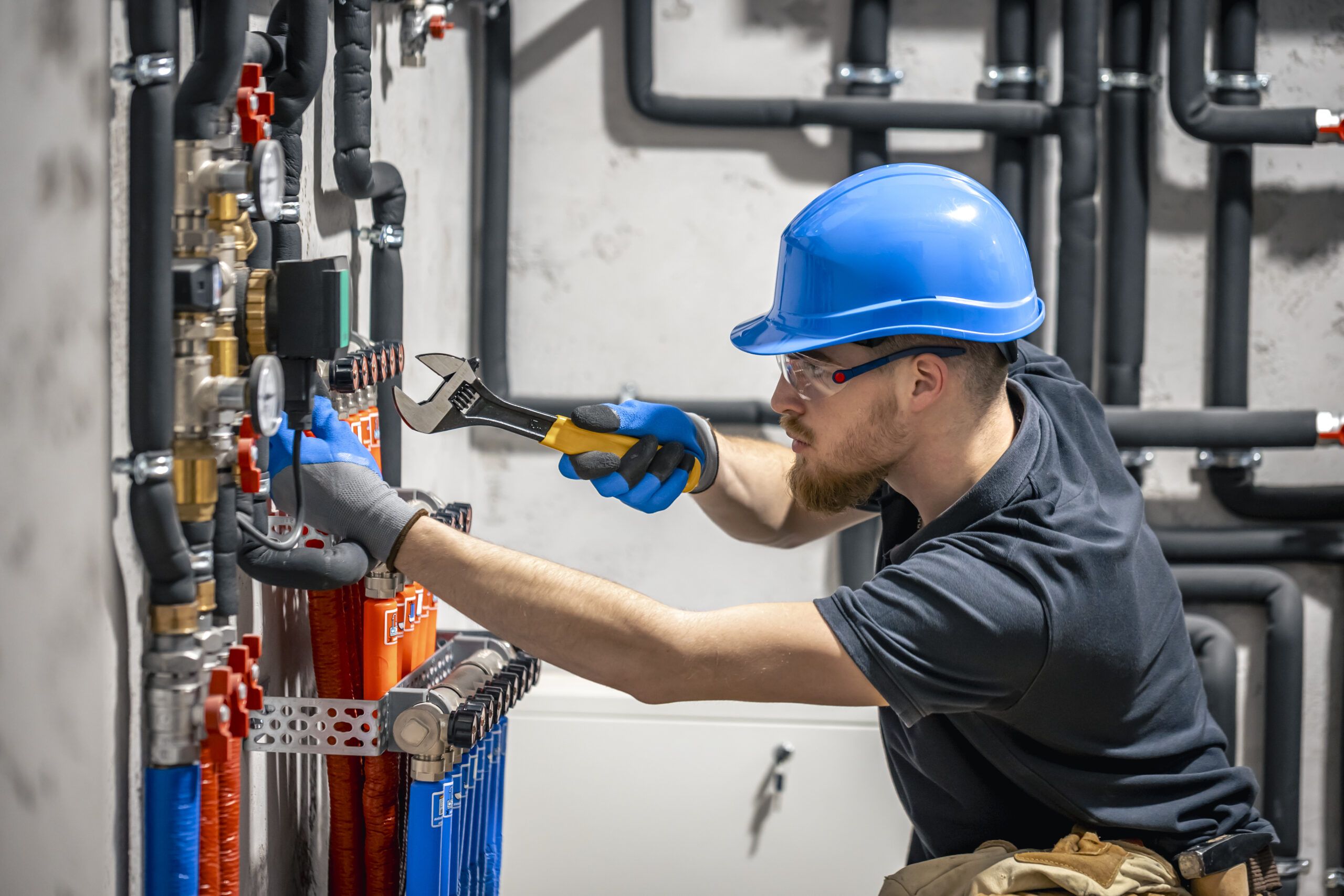

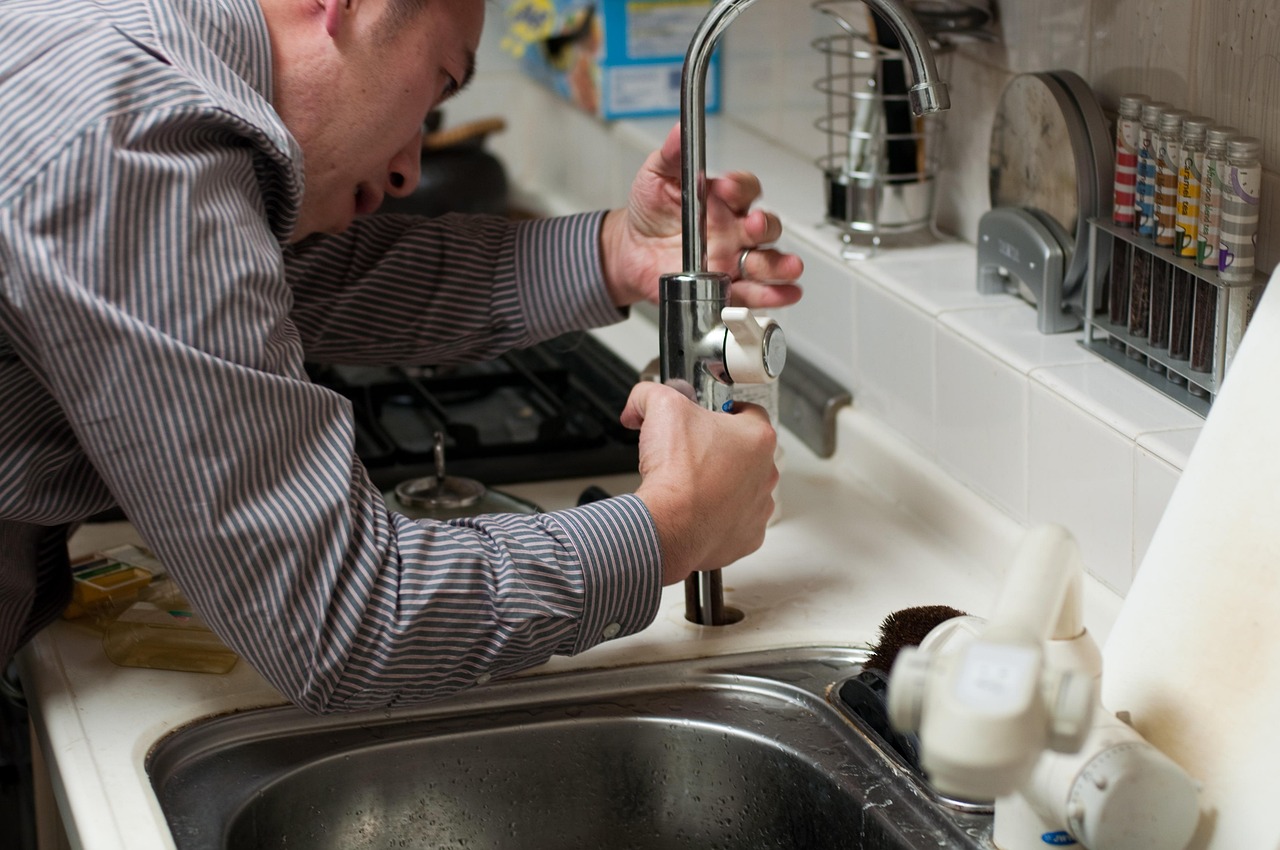
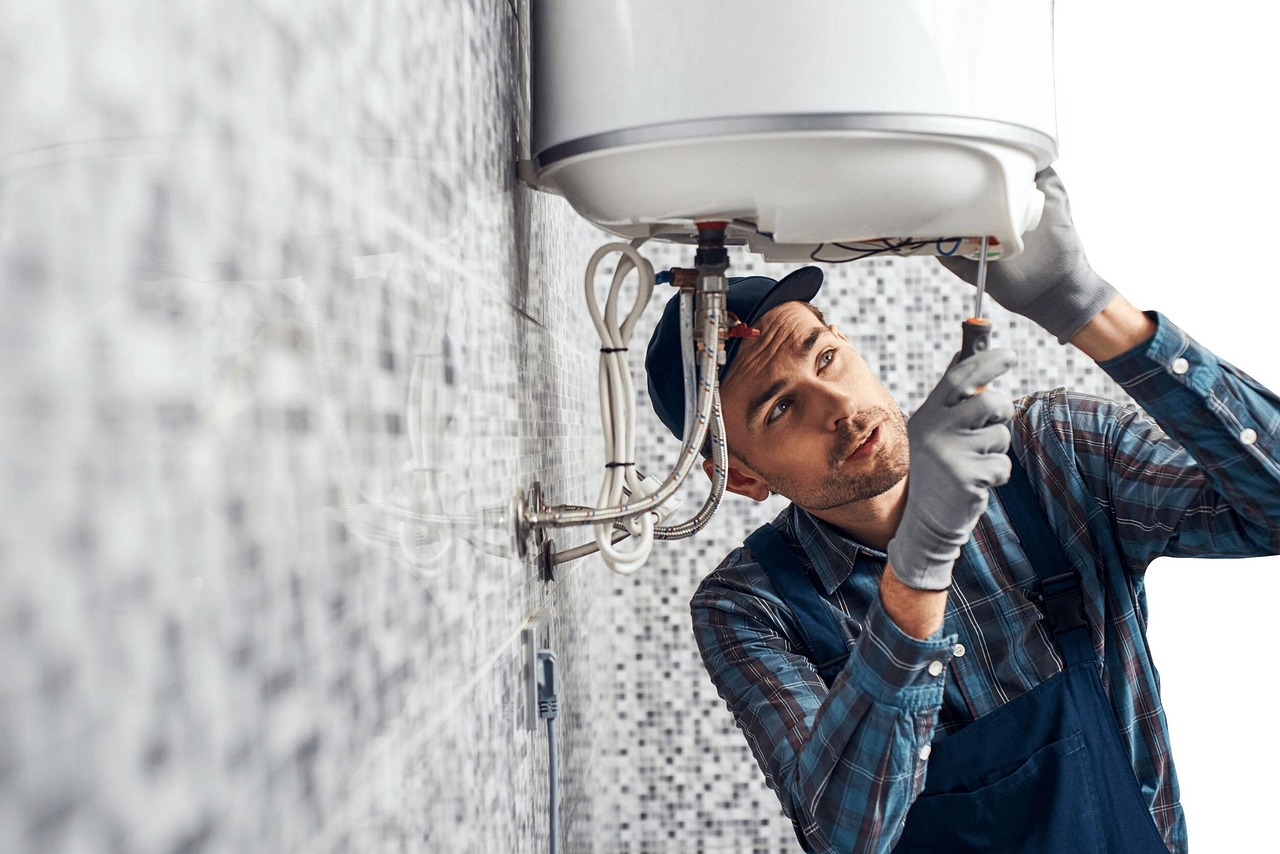
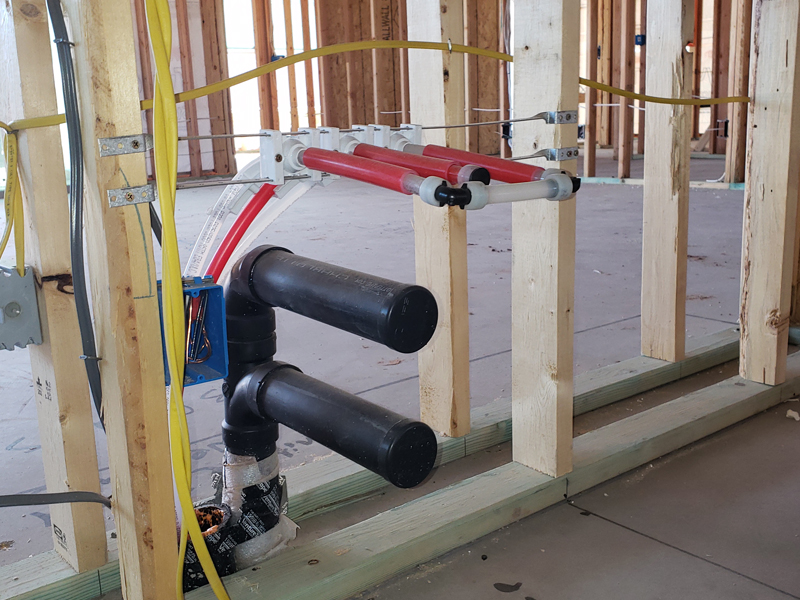
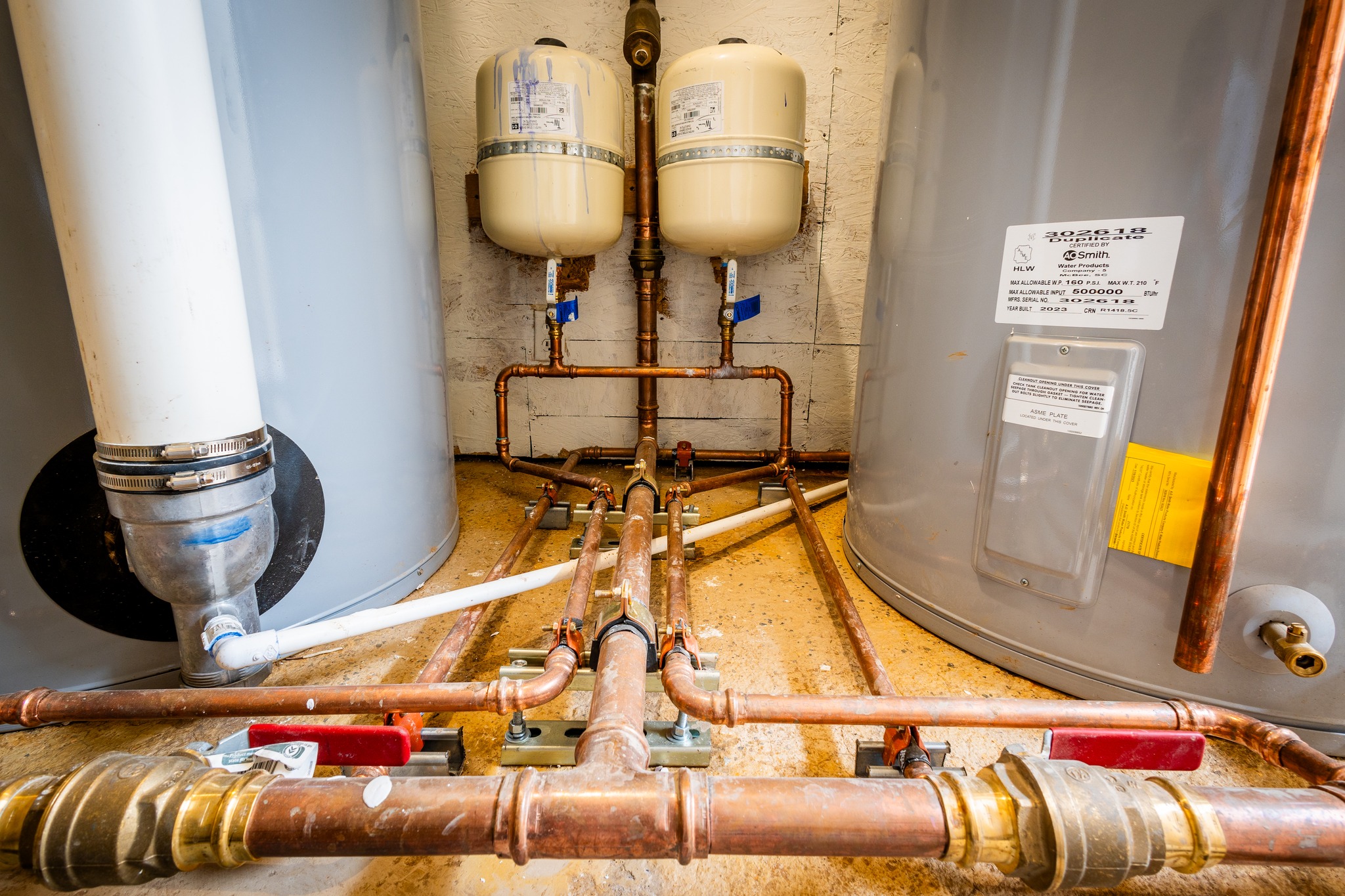

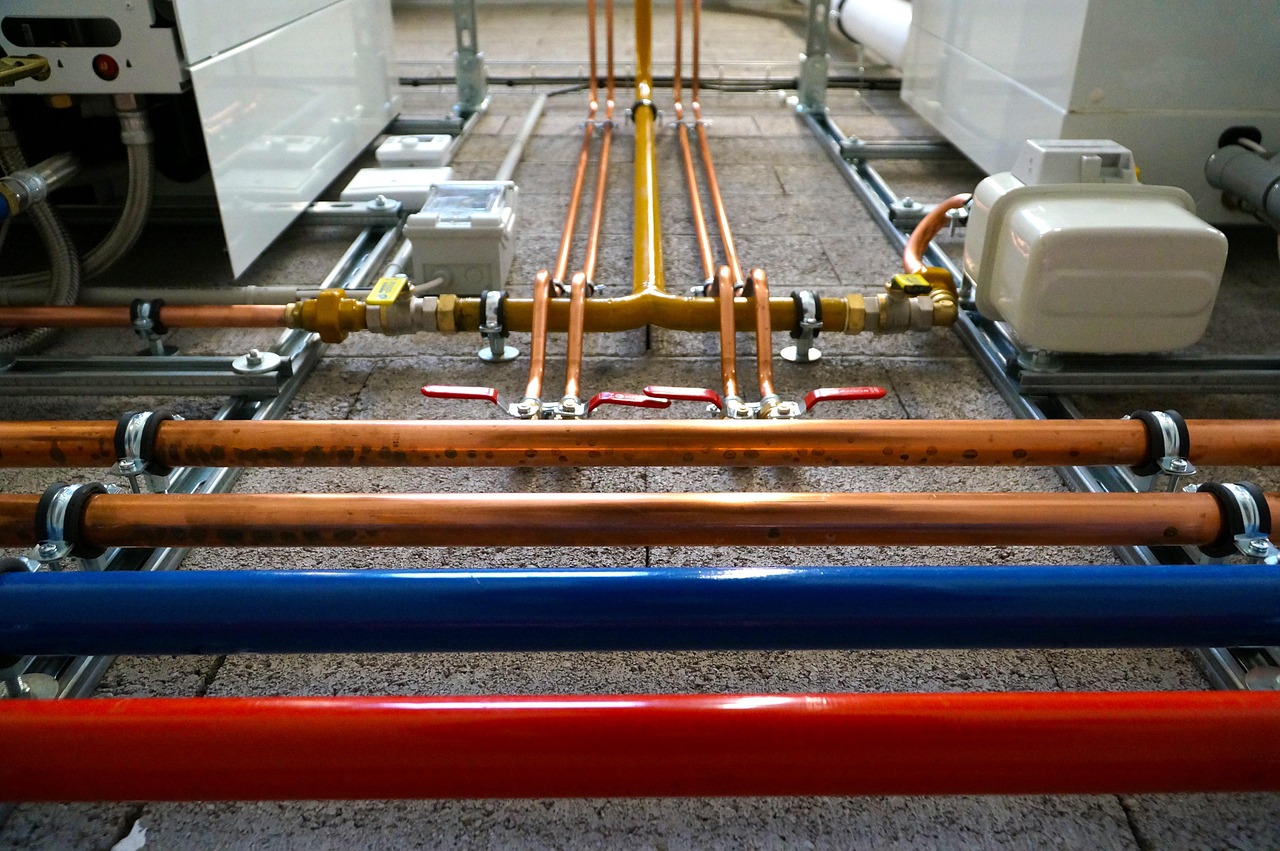
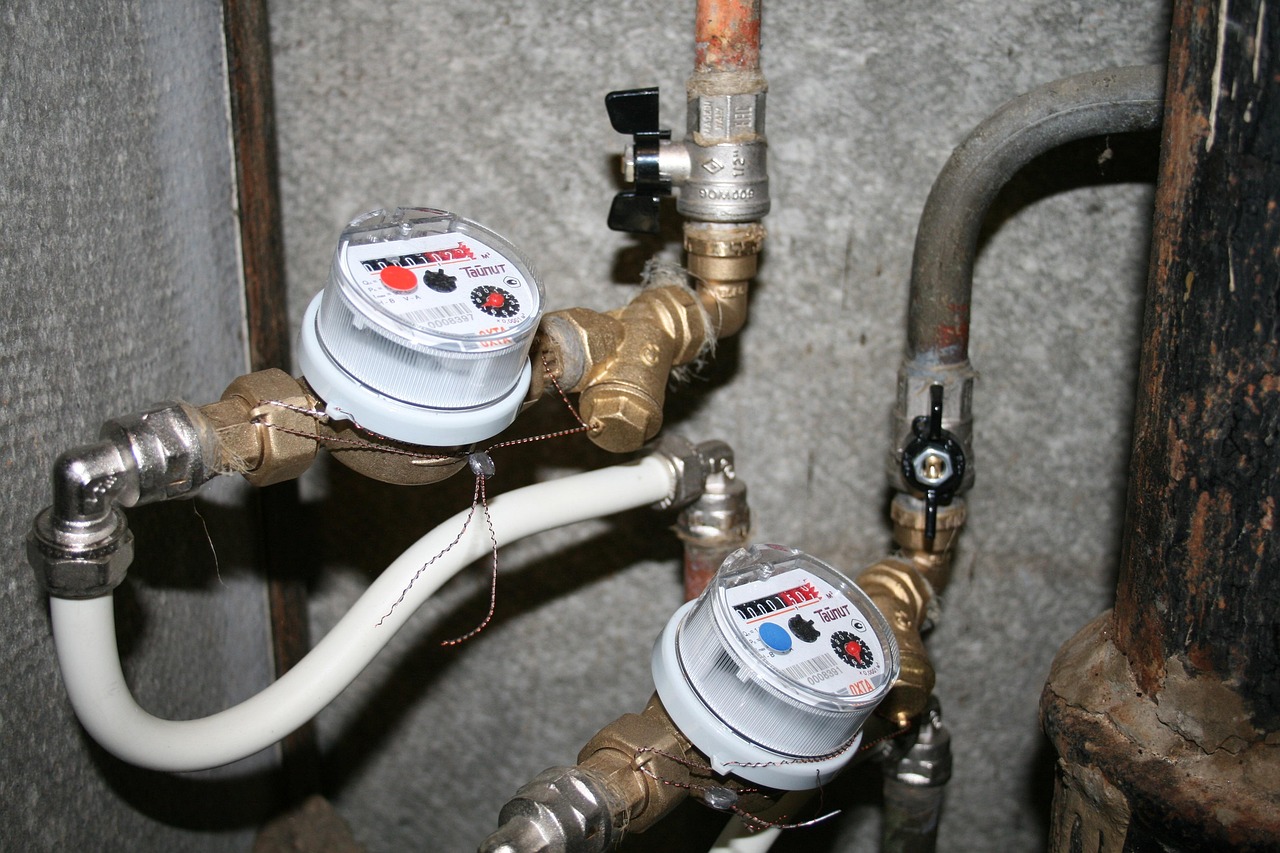

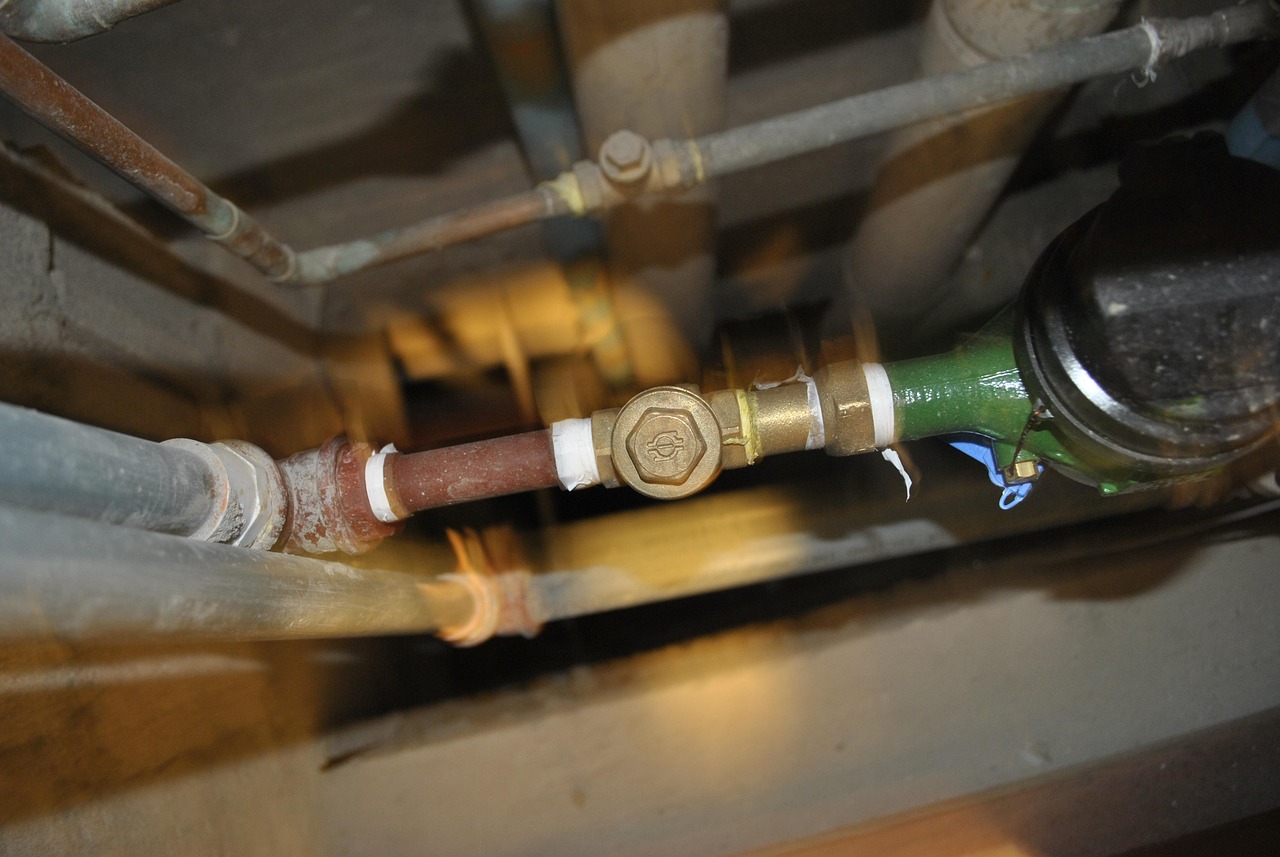 Together, these benefits compound: lower bills, fewer repairs, higher resale value, and a plumbing system that remains robust and reliable long after the initial investment.
Together, these benefits compound: lower bills, fewer repairs, higher resale value, and a plumbing system that remains robust and reliable long after the initial investment.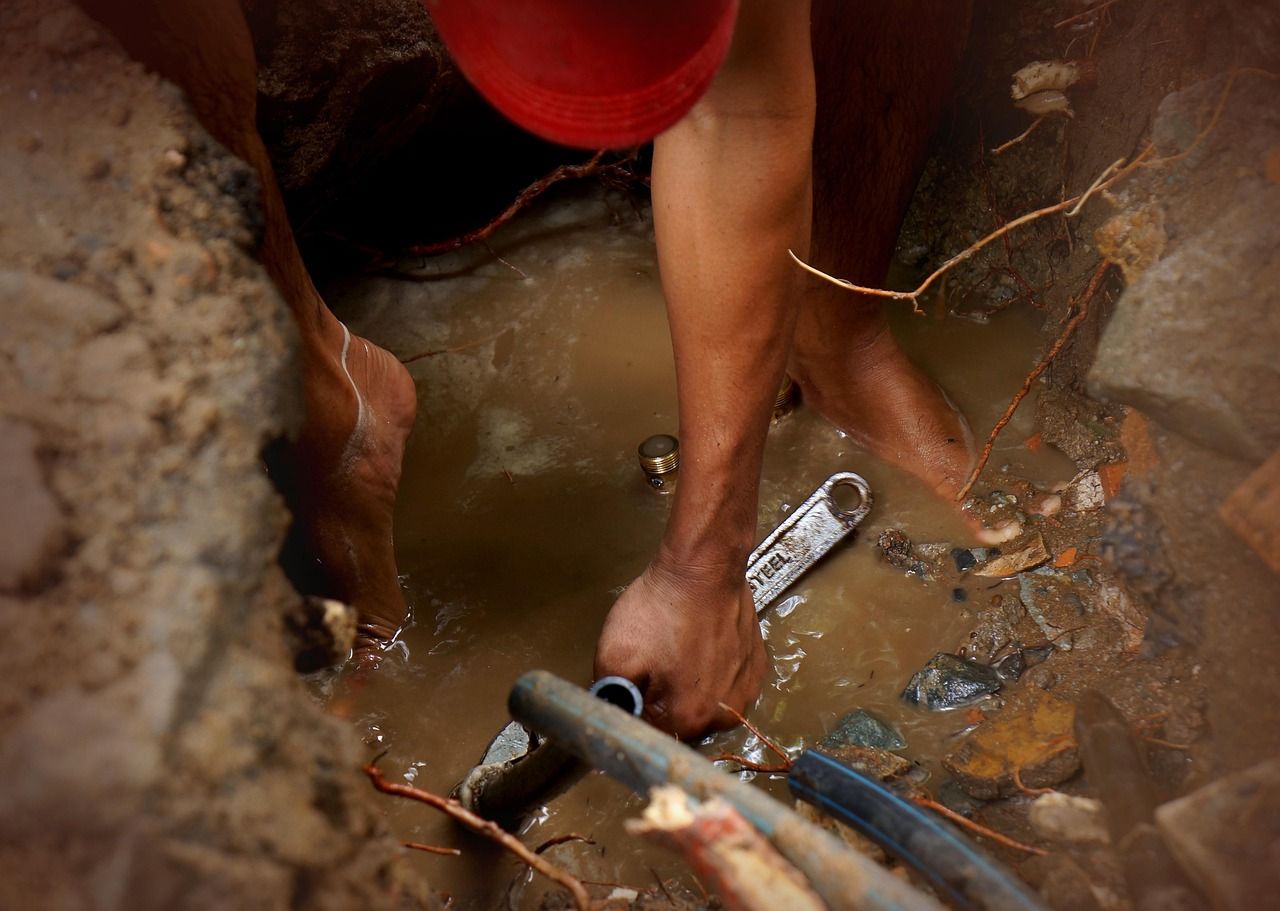
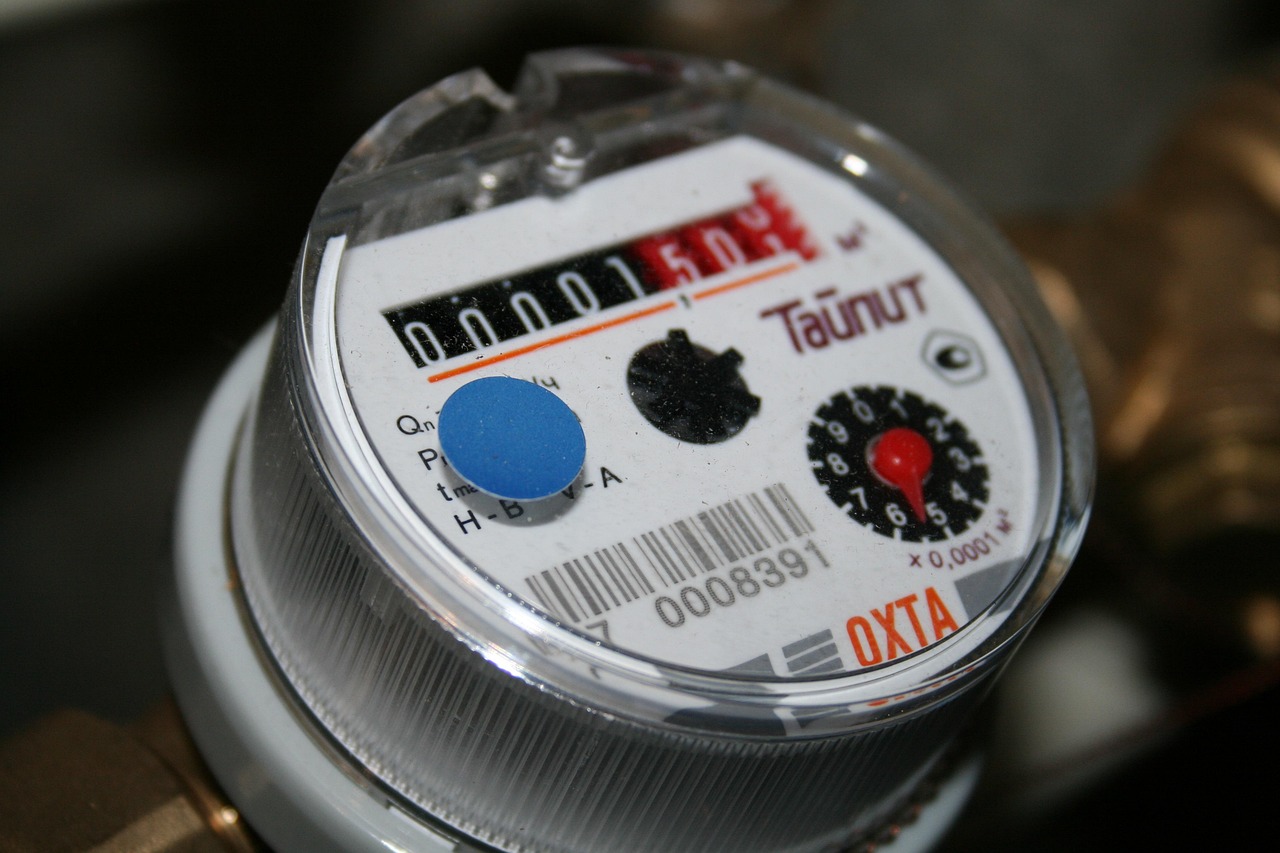



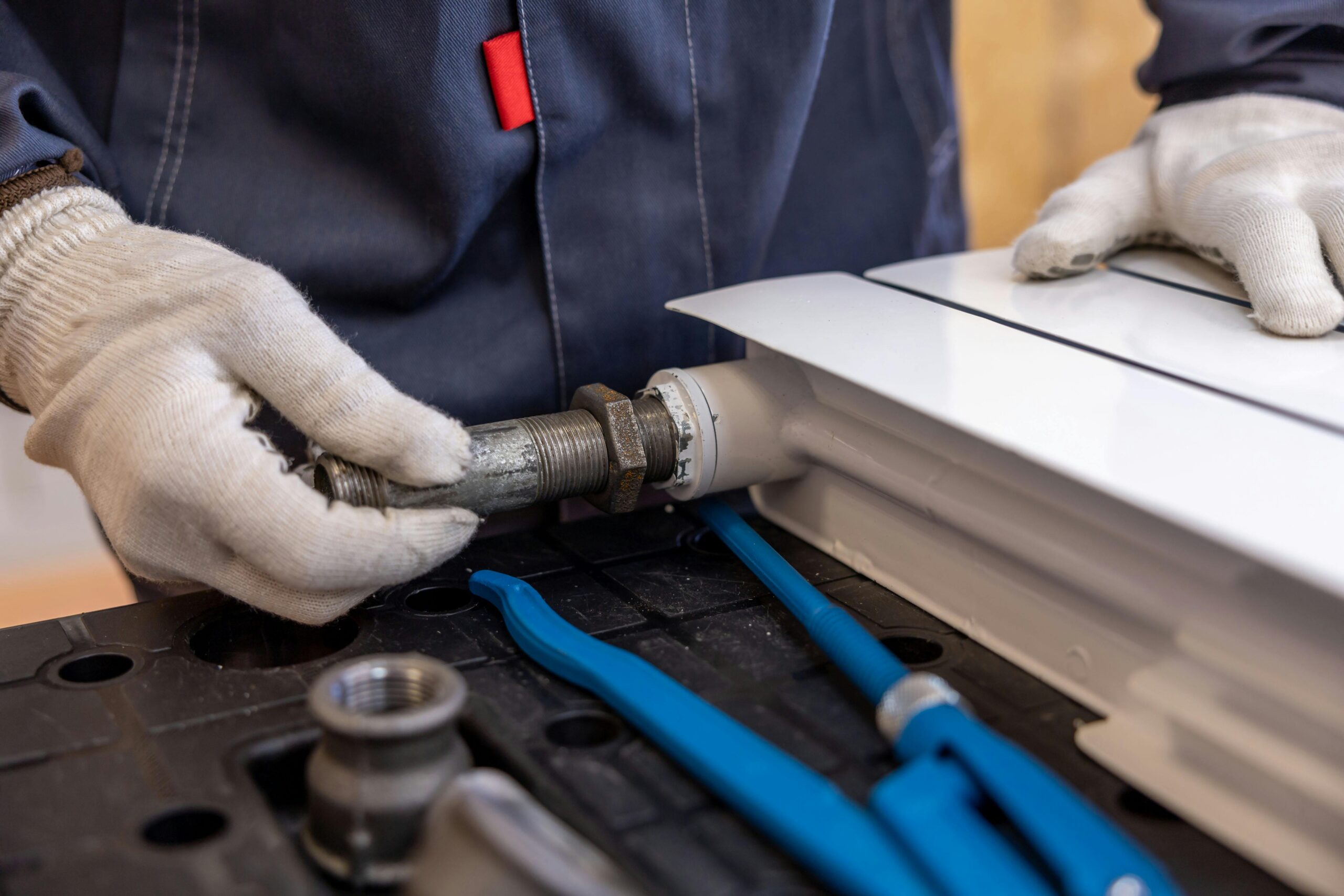
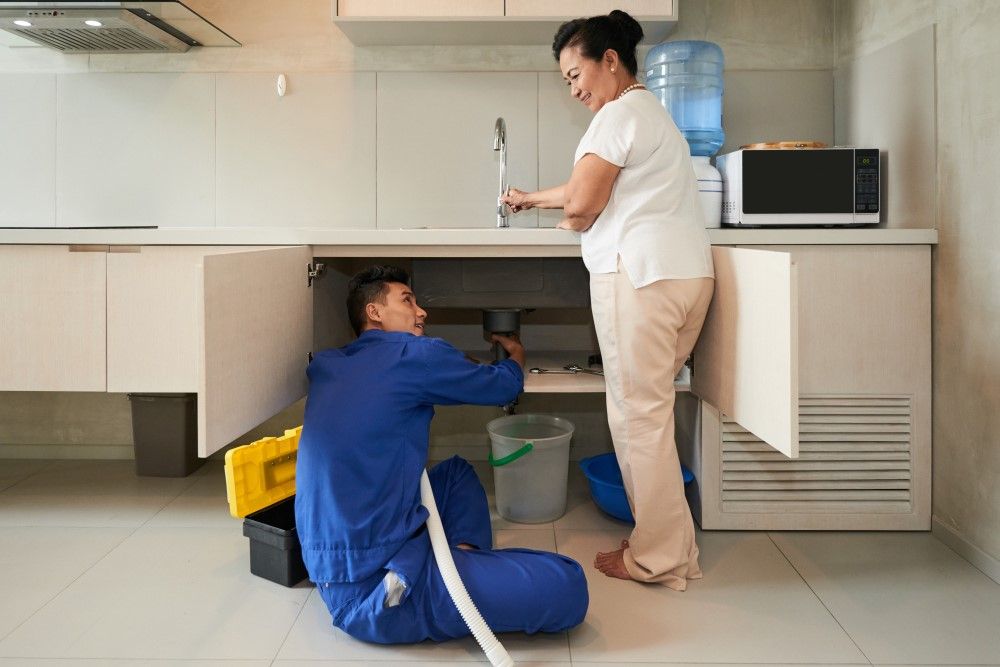
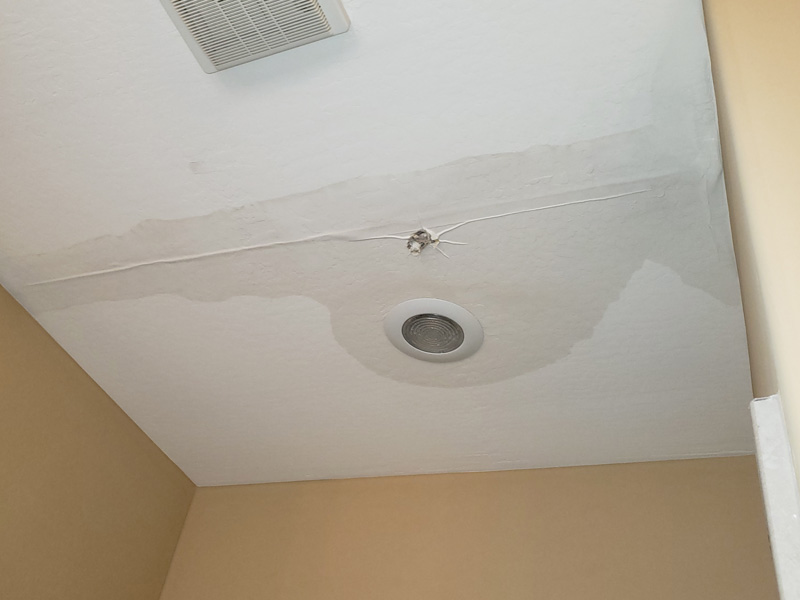
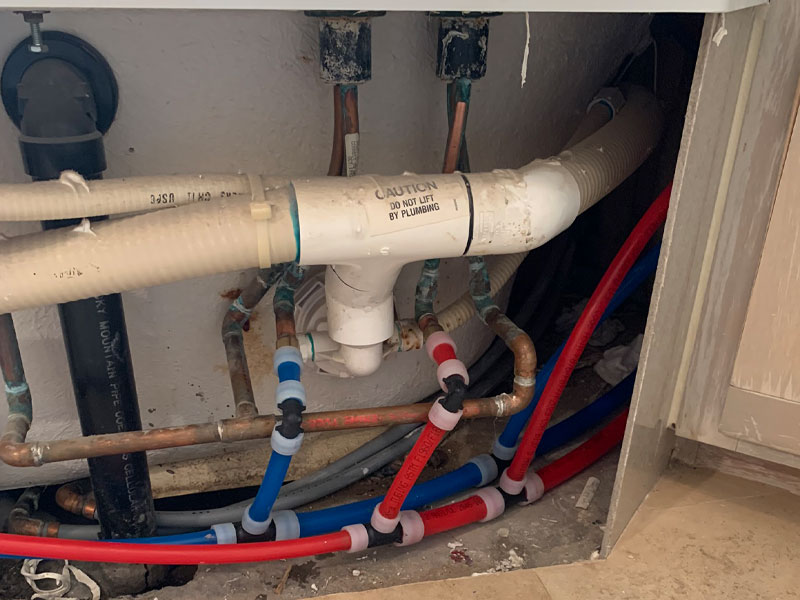
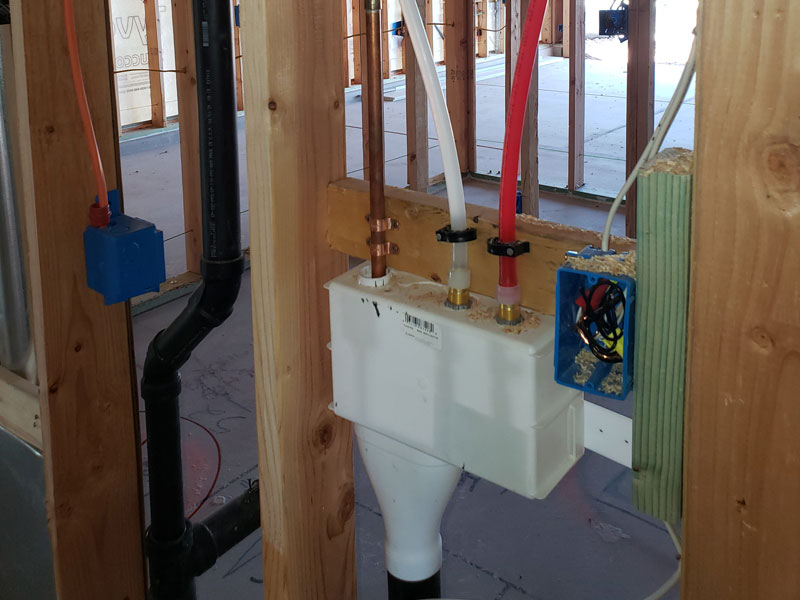


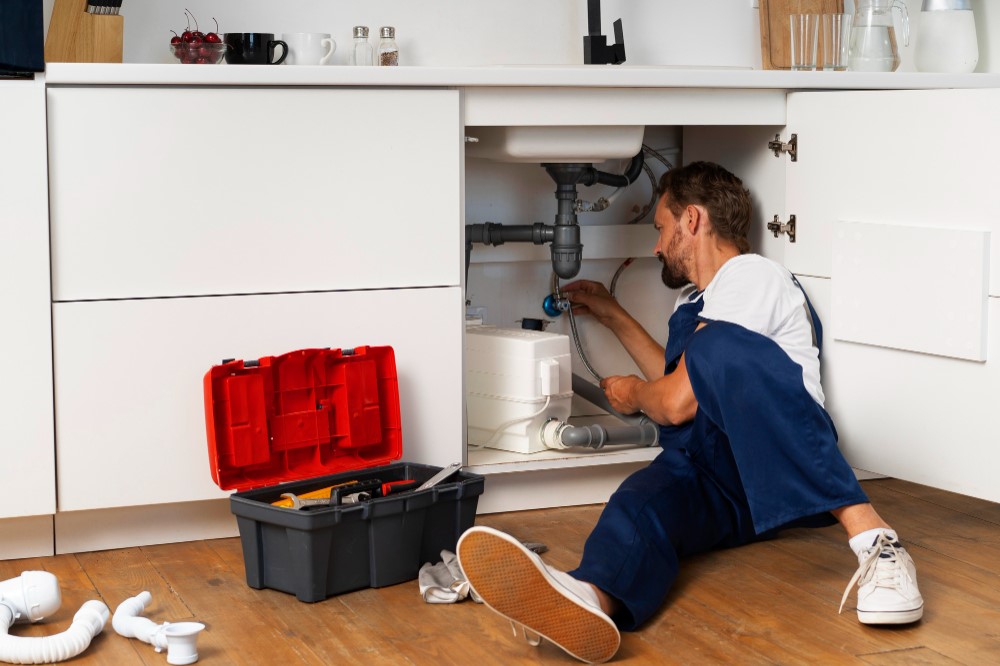












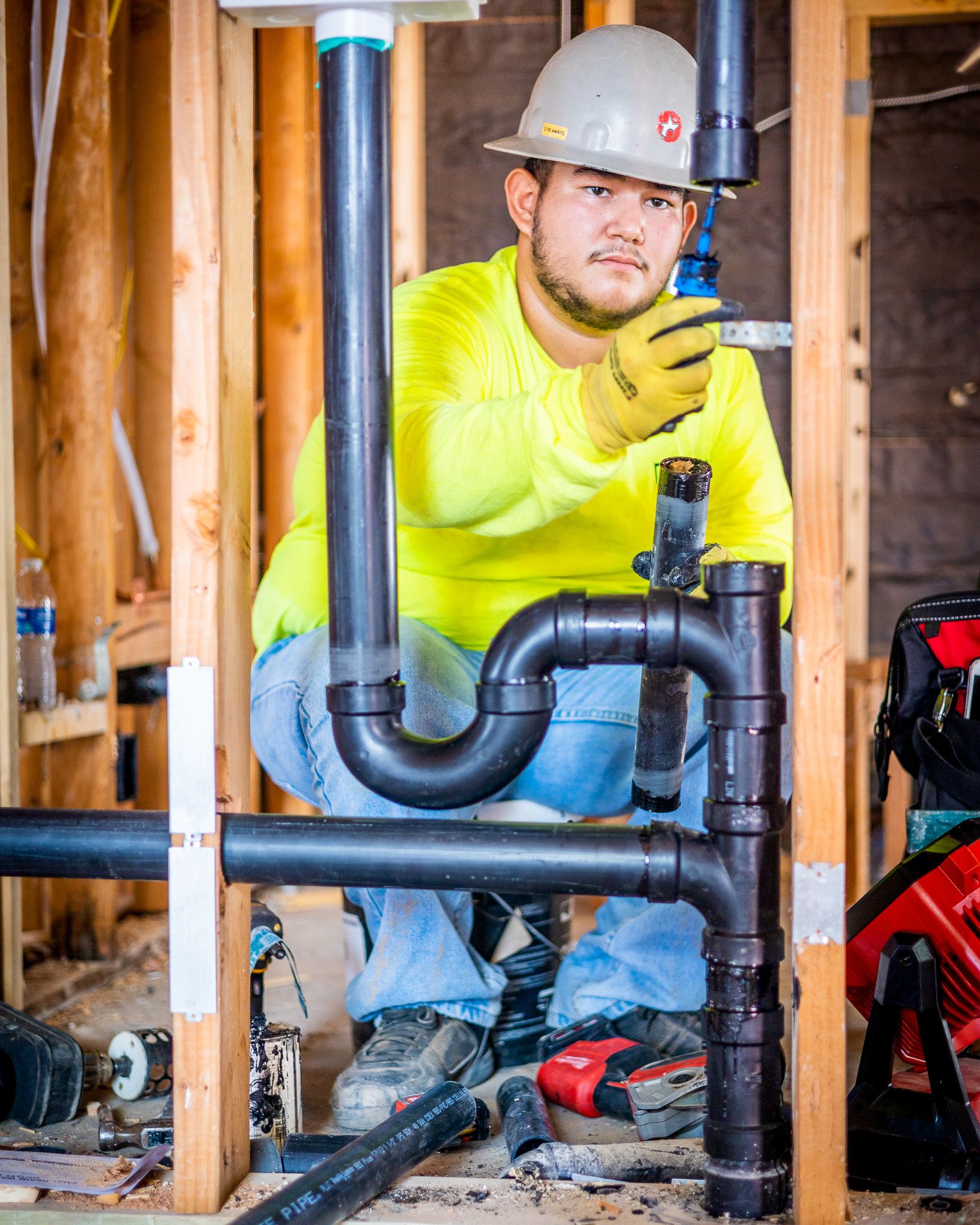

 Hi! How can i help you?
Hi! How can i help you?